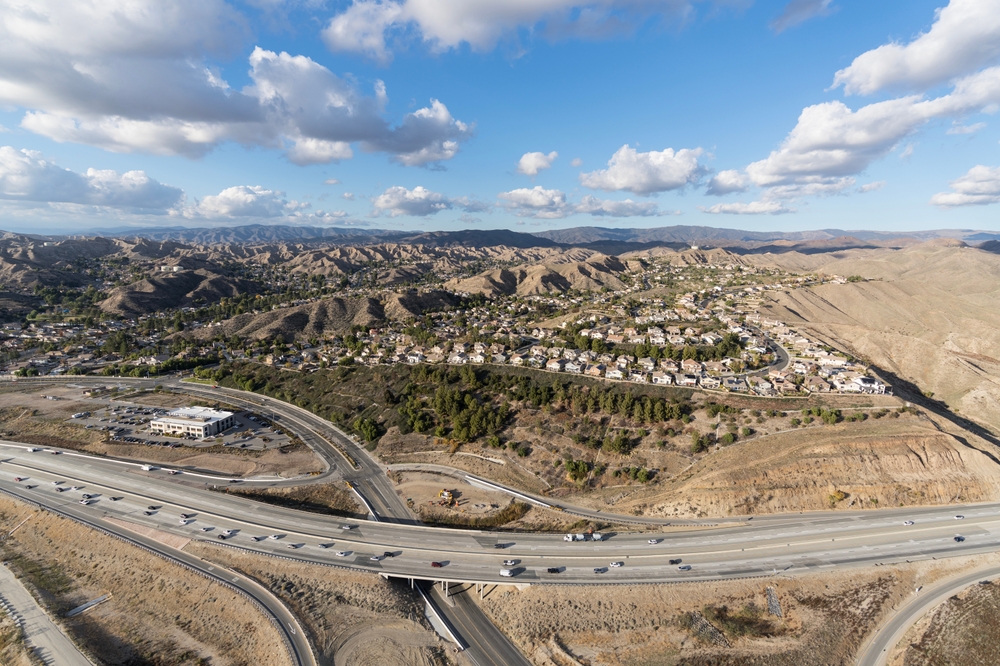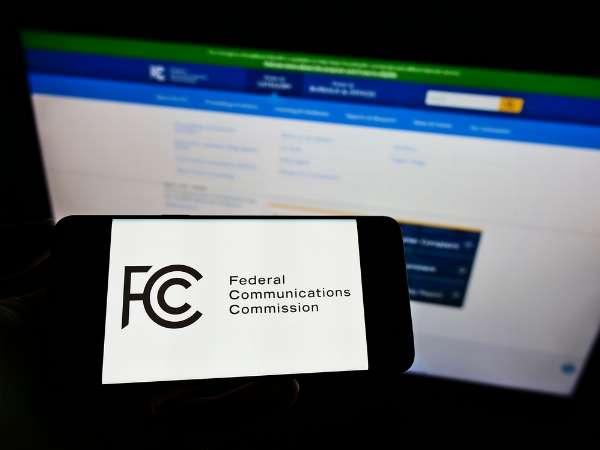In 2022, the Federal Communications Commission’s (FCC) broadband maps disrupted the broadband industry. In relation to these maps, you may have heard about Form 477 in passing but don't know what it is or why it’s such a big deal. From Form 477’s origins to its data accuracy, here’s how one reporting requirement transformed broadband mapping in America.
What Is Form 477?
Form 477 is a reportage requirement that internet service providers (ISPs) must file twice a year to the FCC. Upon submission, the FCC transforms thousands of Form 477 filings into maps that illustrate the reach of broadband services throughout the country. In November 2021, the federal government earmarked $42.45 billion in Broadband Equity, Access, and Deployment (BEAD) Program funding. That money will filter down to states and territories to build out broadband infrastructure in underserved or unserved areas. Funds will be awarded based on the accuracy of broadband maps and, as a result, on the accuracy of Form 477 data.
Form 477 is a major key to helping the FCC quantify which households have internet access — and which ones remain left behind.
Where Did Form 477 Come From?
The FCC created Form 477 in 2000 to gather data on the reach of telephone services and broadband deployment. The goal was to have a quantitative tool to help Congress develop policy and measure telecommunications goals over time.
The creation of Form 477 came on the heels of the Telecommunications Act of 1996, which focused on expanding competition in the telecommunications industry. Once the FCC had routinely updated metrics on populations with internet service, it could understand what was occurring competitively in the broader American marketplace.
Another goal of Form 477 was for the federal government to have a stronger sense of how federal policy enacted in Washington, D.C., filtered into rural, hard-to-reach pockets of America. Form 477 was and still is an important reporting tool to evaluate telecom efficacy. With it, Congress can target very specific areas based on reportedly underserved or unserved communities.
FCC Data Collection Methods
ISPs have slightly varying reporting requirements depending on whether they provide fixed broadband, mobile, or both. ISPs have to file Form 477 twice per year, on March 1 and September 1. Form 477 requests data such as:
For Fixed Broadband:
- Consumer availability
- Maximum advertised upload and download data speeds
- Last-mile technologies and capabilities
- Total connections and consumer connections by census tract
For Mobile:
- Spectrum band
- Minimum advertised upload and download data speeds
- Total subscribers and consumers by state
- List of census tracts with advertised and available services to potential customers
Fixed Data vs. Mobile Data

The difference between fixed data and mobile data boils down to origin. Fixed data is the broadband internet service you purchase and hardwire into your home. You can then connect your devices to a strong, consistent Wi-Fi signal. The reporting metrics for fixed data focus on availability, speed, and the capabilities that companies have to deliver internet service to the final destination within your home. This can be the most complicated part of the deployment for an ISP to follow through on, which is why it’s called “last-mile technologies.”
Mobile data, on the other hand, is what your phone connects to when you walk down the street and need to double-check Google Maps for directions. Technology companies have invested a lot of money over the years to develop strong mobile data infrastructure so that your phone’s mobile data speeds and accessibility are competitive with fixed data. Form 477 data for mobile focuses on speed, paid subscribers, and what products are advertised and available based on location.
Is Form 477 Data Accurate?
While Form 477 is a powerful tool that collects data on internet access and gaps in service, there are substantial issues with its historic data collection analysis. Data for both mobile and fixed broadband access has been informed heavily by census tracts. If one home in a tract had reported internet access, the entire tract was marked as having that same internet access, even when it didn’t. New York state issued over 30,000 challenges to the accuracy of its broadband map, even with the largest metropolitan city in the country within its borders.
Unfortunately, that’s a commonly incorrect assumption that the data shows, as many challenges to the FCC have proven. From urban centers to rural America, there are areas reported to receive either mobile or broadband service that actually don’t. At this juncture, the onus is on the consumer to verify that their own reported data is indeed correct.
While there have been recent efforts to phase out collecting internet accessibility data via census tracts, it’s just as inaccurate, if not more so, for consumers to have to turn around and confirm what their internet access at home looks like. It will be a few months before BEAD Program grants are officially allocated, but it appears that states might have to fight to see themselves represented accurately on broadband maps from their Form 477 data.


